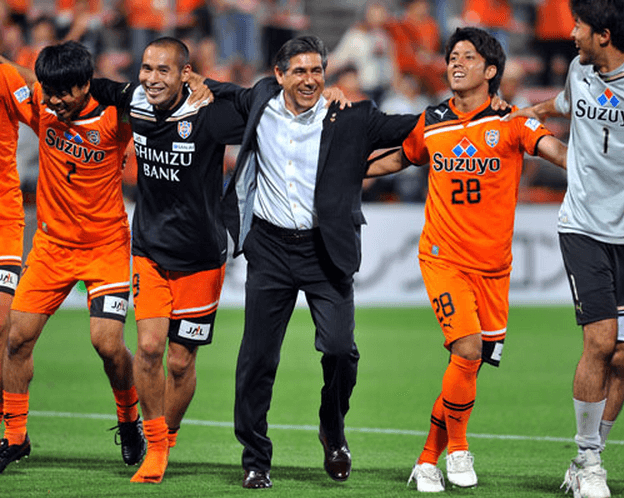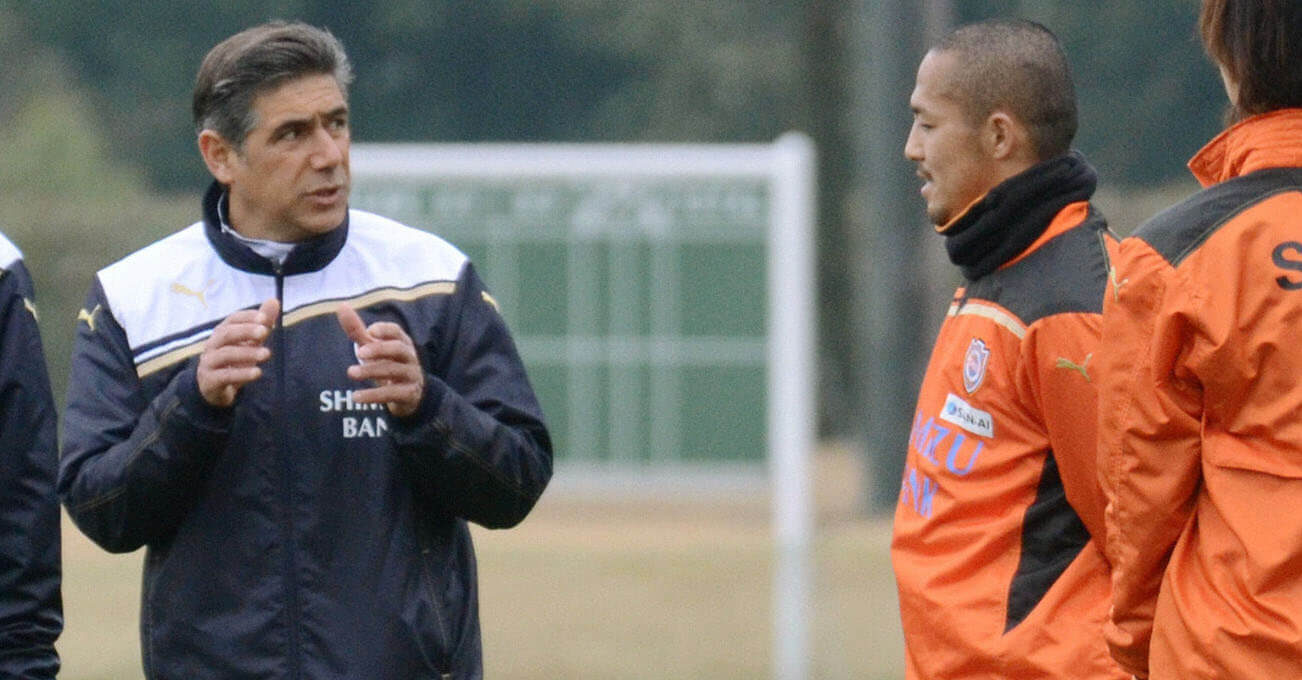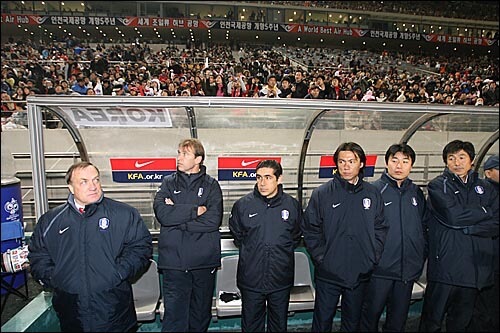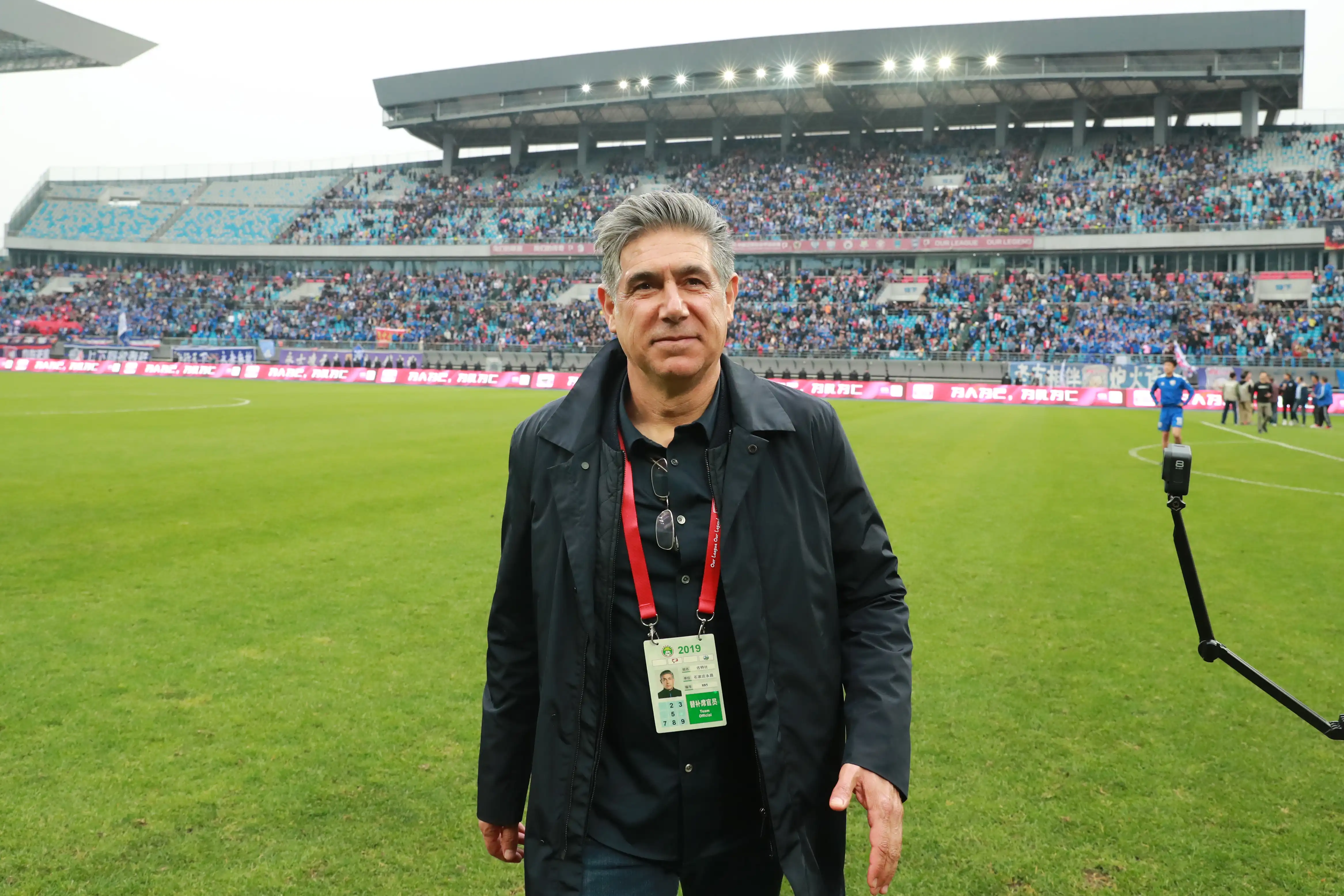February 9, 2025
Three World Cups with the USA & South Korea
Afshin Ghotbi’s International Football Journey Afshin Ghotbi’s coaching career is nothing short of remarkable. He’s one of the few coaches to have participated in three FIFA World Cups, working with both the USA and South Korea national teams. His journey across continents showcases not just his tactical skills, but also …




